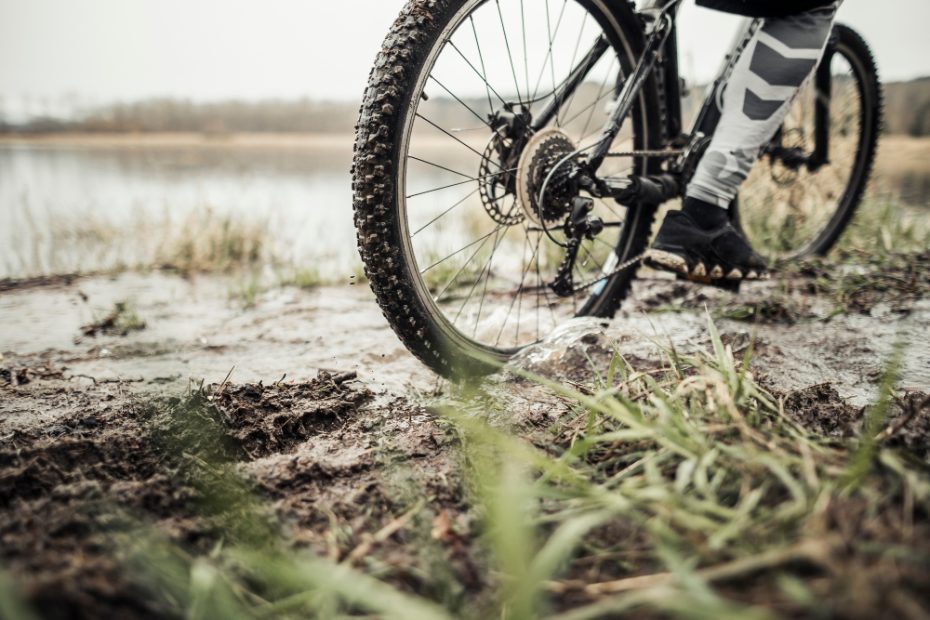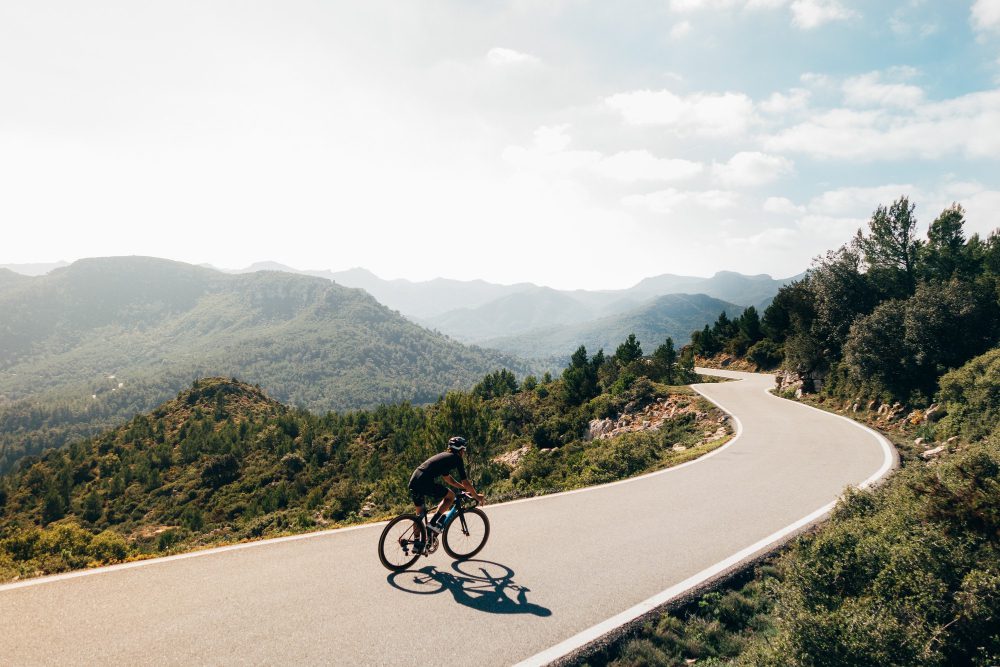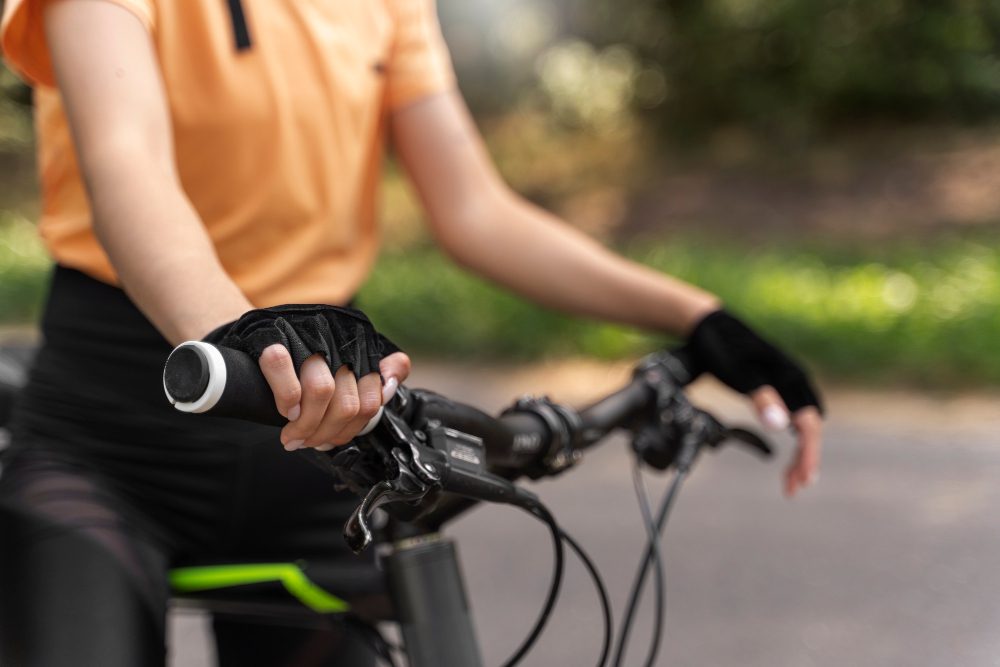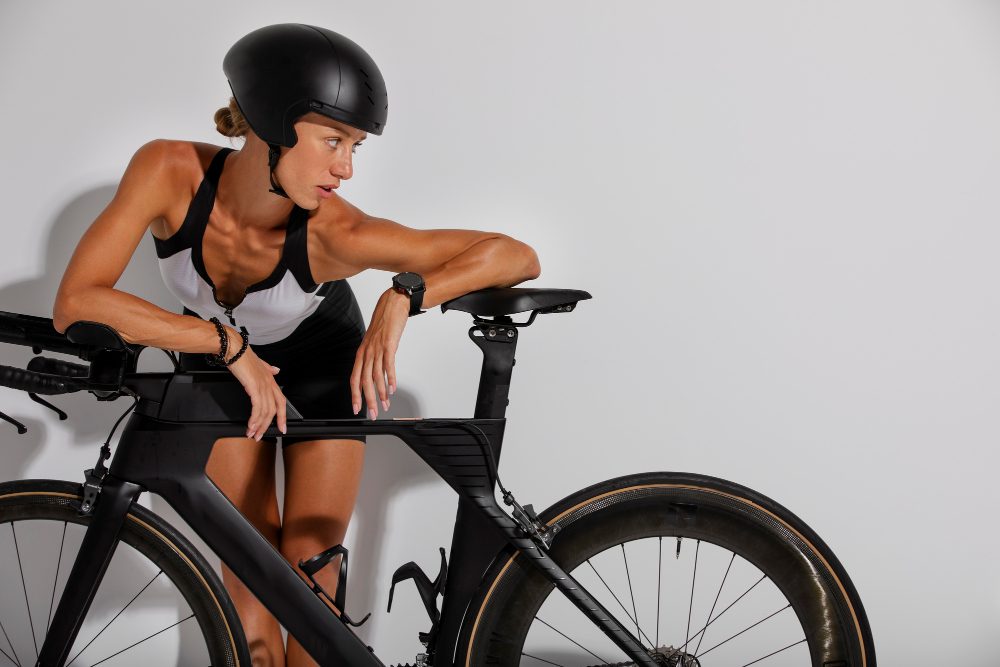How do I get better at cornering on my road bike?
Cornering is a fundamental skill for every road cyclist, whether you’re a beginner or an experienced rider. Proper cornering technique not only enhances your overall performance but also ensures your safety while navigating turns on the road. In this article, we will explore various tips and techniques to help you improve your cornering skills on your road bike.
Understanding the Basics of Cornering
Before diving into specific tips, it’s important to understand the basic principles of cornering. Cornering involves leaning your bike into a turn while maintaining control and stability. The key elements of effective cornering include body position, line selection, speed management, and braking technique.
Tips to Improve Your Cornering Skills
1. Master Your Body Position
Proper body position is crucial for maintaining balance and control during cornering. Here are some key points to keep in mind:
- Keep your outside pedal down: This helps distribute your weight and provides stability as you lean into the turn.
- Shift your weight: Move your body towards the inside of the turn, shifting your center of gravity to maintain balance.
- Look through the turn: Keep your head up and look ahead, focusing on the exit of the corner rather than the immediate road in front of you.
“Maintaining the correct body position is essential for efficient and controlled cornering.” – John Doe, Professional Cyclist
2. Choose the Right Line
The line you take through a corner greatly affects your speed and control. Aim to take the widest line possible without crossing into the opposite lane or endangering yourself or other road users. This allows you to maintain momentum, reduce the risk of skidding, and maximize traction.
When approaching a corner, position yourself on the outer edge of the road and gradually move towards the inside as you enter the turn. This wider line allows for smoother turns and minimizes the chances of hitting obstacles or debris on the road.
3. Proper Speed Management
Managing your speed is crucial for maintaining control during cornering. Here are some tips to help optimize your speed:
- Brake before the corner: Gradually reduce your speed before entering the turn rather than braking while leaning into it. This helps maintain traction and stability.
- Modulate your brakes: Feather your brakes to maintain control rather than abruptly applying them, which can cause skidding.
- Accelerate out of the corner: Once you’ve reached the apex of the turn, gradually increase your speed as you exit, taking advantage of the bike’s natural tendency to straighten up.
4. Practice in a Controlled Environment
The best way to improve your cornering skills is through practice. Find a safe and controlled environment such as an empty parking lot or a quiet road with minimal traffic. Start with slow speeds and gradually increase your pace as you gain confidence. Practice different types of corners, such as wide and sharp turns, to develop versatility in your technique.
“Practice is key when it comes to mastering cornering skills. The more you practice, the better you’ll become.” – Jane Smith, Cycling Coach
Should you brake while cornering?
Understanding the importance of braking while cornering
When it comes to improving your cornering skills on a road bike, one question that often arises is whether you should brake while cornering. While it may seem counterintuitive to some, the answer is yes, you should brake while cornering, but with caution and proper technique.
The role of braking in maintaining control
Braking while cornering can help you maintain control of your bike, especially when navigating tight bends or unexpected obstacles. By applying controlled braking before entering a corner, you can reduce your speed and adjust your line if necessary, ensuring a smoother and safer ride.
The importance of balanced braking
It’s crucial to remember that braking during cornering should be done with a balanced approach. Shift your weight towards the rear of the bike, apply both brakes evenly, and avoid harsh or sudden braking that could lead to loss of traction and potential skidding.
Remember:
“Smooth and gradual braking is key to maintaining stability while cornering.”
Braking techniques for different situations
The braking technique you employ while cornering may vary depending on the road conditions and the severity of the turn. Here are a few scenarios to consider:
- Normal corner: In a normal corner, where the road conditions are favorable, you can start applying your brakes gradually as you approach the turn, releasing them gently as you navigate through it.
- Tight corner: When faced with a tight corner, it’s important to brake more before entering the turn and release the brakes gradually as you proceed, keeping your bike stable and controlled.
- Wet or slippery surface: Braking on a wet or slippery surface requires extra caution. Reduce your speed before entering the corner, using both brakes carefully and avoiding sudden movements.
Should you accelerate while cornering?
When it comes to cornering on your road bike, there are many factors to consider in order to improve your technique and overall performance. One question that often arises is whether or not you should accelerate while cornering. Let’s explore this topic further.
Understanding the physics
Cornering on a road bike involves finding the right balance between speed, control, and traction. When you enter a corner, your bike leans into the turn, shifting your weight to the outside of the curve. This increases the grip on your tires and allows you to maintain control. Accelerating while cornering can affect this delicate balance.
The pros and cons
There are arguments for both accelerating and not accelerating while cornering. Some cyclists argue that accelerating out of a corner can help you maintain momentum and gain an advantage over your opponents. They believe that the acceleration can help you exit the corner with more speed, giving you an edge.
On the other hand, some experts advise against accelerating while cornering. They argue that accelerating can cause your tires to lose traction, especially if the road surface is slippery or if you are executing a sharp turn. This loss of traction can result in a loss of control, potentially leading to a crash.
The middle ground
While there are differing opinions on whether to accelerate or not while cornering, the general consensus among experienced cyclists is to avoid sudden or excessive acceleration. Instead, focus on maintaining a consistent and smooth pedaling technique throughout the turn.
By keeping a steady cadence and distributing your weight evenly on the bike, you can ensure better control and stability. Gradually increase your speed as you exit the corner, rather than immediately accelerating.
Expert advice
“Cornering technique is all about finding the right balance between speed and control. It’s important to be mindful of your surroundings, road conditions, and your own skill level. While some acceleration can be beneficial, it’s crucial to prioritize safety and maintain control.”
Summary
In conclusion, whether or not you should accelerate while cornering on your road bike is a decision that depends on various factors. While some cyclists may find slight acceleration advantageous, it’s important to prioritize control and safety above all else. Focus on developing a smooth and consistent pedaling technique, and gradually increase your speed as you exit the turn. Remember, always be aware of your surroundings and adjust your speed accordingly.
How do you practice cornering on a road bike?
Understanding the basics of cornering
To become a confident and skilled road cyclist, mastering the art of cornering is essential. Cornering involves smoothly maneuvering your bike around bends and turns while maintaining control and speed. Before you hit the road to practice cornering, it’s important to understand the basics.
Choose the right line
When approaching a corner, choose the correct line to take. Your line should be the smoothest path through the bend, typically hugging the inside of the turn. This allows you to maintain momentum and reduces the risk of drifting wide or losing control.
Braking and body positioning
Prior to entering the corner, brake gently and gradually to reduce your speed. As you approach the bend, shift your body weight towards the inside of the turn by leaning your bike and bending your elbows and knees. This helps to counterbalance the centrifugal force and maintains stability.
Releasing the brakes and leaning into the turn
Once you’ve positioned your body correctly, release the brakes and gradually lean your bike into the turn. The key is to maintain a smooth and controlled motion. Be sure to look ahead and keep your eyes focused on the exit of the corner to anticipate any potential obstacles.
Practicing cornering techniques
To improve your cornering skills, find a quiet stretch of road with gentle bends to practice. Start by taking the corners at a comfortable speed and gradually increase your pace as you gain confidence. Practice different cornering techniques, such as leaning the bike more or less, to find what works best for you.
Remember, cornering is a skill that takes time to master, so be patient and keep practicing.
“Cornering is all about finding the right balance between speed, control, and confidence.” – Cycling Pro
Additional tips for cornering on a road bike:
- Keep your pedal position level or slightly tilted upwards to avoid hitting the ground during sharp turns.
- Shift your gears before entering the corner to maintain a steady cadence.
- Stay relaxed and avoid gripping the handlebars too tightly to allow for better bike control.
| Mistake | Solution |
|---|---|
| Entering the corner too fast | Brake earlier and gradually reduce your speed before entering the turn. |
| Leaning the bike too much | Focus on leaning your body rather than excessively leaning the bike. |
| Looking down instead of ahead | Always keep your eyes focused on the exit of the corner to maintain a smooth line. |
In conclusion, practicing cornering on a road bike is essential for improving your cycling skills. By understanding the basics, choosing the right line, mastering body positioning, and gradually increasing your speed and confidence, you can become a more proficient cyclist. Remember to stay safe and enjoy the process of honing your cornering abilities.
How do you master cornering?
Cornering is a vital skill for any road cyclist. Improving your cornering technique will not only make you faster and more efficient, but also increase your confidence on the bike. Here are some key tips to help you master cornering:
1. Look ahead
One of the most important aspects of cornering is looking ahead. By scanning the road and anticipating what’s coming up, you can choose the best line and adjust your speed accordingly. Keep your eyes focused on where you want to go, rather than directly in front of your bike.
2. Feather your brakes
When approaching a corner, it’s essential to scrub off some speed. Instead of slamming on the brakes at the last moment, try feathering them lightly throughout the approach. This will allow you to maintain control while still reducing your speed.
3. Lean into the corner
To maintain stability during a turn, you’ll need to lean your bike and body into the corner. Shift your body weight towards the inner handlebar and keep your outside pedal down. This will help you maintain traction and negotiate the turn smoothly.
4. Smoothly apply power
As you exit the corner, gradually apply power to the pedals. Smoothly increasing your cadence will help you accelerate out of the turn without losing control or traction.
5. Practice in a safe environment
Cornering is a skill that requires practice. Find a safe location, such as an empty parking lot or quiet road, to hone your technique. Start with gentle turns and gradually progress to sharper corners as you gain confidence.
6. Seek professional guidance
If you’re struggling with cornering or want to take your skills to the next level, consider seeking guidance from a professional coach or joining a cycling club. They can provide expert tips, feedback, and structured training sessions to help you improve.
7. Stay relaxed and focused
Tension and distractions can hinder your cornering ability. Remember to stay relaxed on the bike, maintain a firm grip on the handlebars, and concentrate on the task at hand. Eliminate unnecessary movements and keep your body position stable.
8. Analyze your technique
After each corner, take a moment to analyze your technique. Did you take the optimal line? Was your body position correct? Reflecting on these aspects will allow you to identify areas for improvement and make adjustments for future rides.
9. Learn from experienced riders
Observing experienced riders can be a great way to learn new techniques and gain valuable insights. Pay attention to how they approach corners, their body positioning, and overall control. You can also ask for advice and guidance from more seasoned cyclists.
10. Build your confidence gradually
Cornering can be intimidating, especially at high speeds or on unfamiliar roads. Build your confidence gradually by starting with easy corners and progressively challenging yourself with more difficult turns. With practice and experience, your cornering skills will continue to improve.
“Cornering is an art that combines technique, confidence, and experience. By following these tips and practicing regularly, you’ll become a master of cornering on your road bike.”
What is considered hard cornering?
In the world of road cycling, cornering is an essential skill that every rider needs to master. The ability to navigate corners smoothly and efficiently not only improves your overall speed, but it also enhances your safety on the road. However, there is a fine line between cornering with finesse and engaging in hard cornering.
Understanding hard cornering
Hard cornering refers to the act of taking corners aggressively and pushing the limits of your bike’s handling capabilities. It involves entering corners at high speeds and leaning the bike over more than usual. This technique is often used by experienced riders in competitive cycling or during a race when they need to gain an advantage over their opponents.
While hard cornering can be thrilling and exhilarating, it requires a high level of skill and confidence to execute properly. Riders who attempt hard cornering must have a deep understanding of their bike’s capabilities, the road conditions, and their own abilities.
The risks of hard cornering
Hard cornering comes with its fair share of risks. The main concern is the potential loss of control, which could result in a collision or a dangerous crash. When pushing the limits of your bike through aggressive cornering, factors such as gravel, wet surfaces, or unexpected obstacles could easily throw you off balance.
Another risk associated with hard cornering is excessive tire wear. By leaning your bike further than necessary, you put additional stress on the tires, leading to a faster rate of wear and tear. This can be costly in terms of regular maintenance and replacing worn-out tires.
Improving your cornering technique
If you’re looking to enhance your cornering skills without resorting to hard cornering, there are several tips you can follow:
- Adopt the correct body position: Shift your weight towards the inside of the corner, with your outside pedal down and your inside knee slightly extended.
- Look ahead: Focus on where you want to go rather than directly in front of your wheel. This will help you anticipate the corner and make smoother adjustments.
- Brake before the corner: Slow down before entering the corner to a speed that allows you to maintain control throughout the turn.
Remember, becoming a skilled cornering cyclist takes time and practice. Don’t rush into hard cornering without first mastering the fundamental techniques. As Danish cyclist Michael Rasmussen once said:
“Cornering is an art perfected through patience and experience. It’s about finding the right balance between speed and control.”
In summary, hard cornering is a technique used in competitive cycling where riders take corners aggressively with high speed and extreme bike leans. It comes with risks, including loss of control and excessive tire wear. It’s important to focus on improving your cornering technique by adopting the correct body position, looking ahead, and braking before the corner. With practice and patience, you can become a confident and skilled cornering cyclist without resorting to hard cornering.
Conclusion
In summary, braking while cornering is an essential skill to master for road cyclists. By applying proper technique and maintaining control, you can navigate corners with confidence and safety. Remember to balance your braking, adjust your speed before entering the turn, and stay aware of the road conditions. With practice and experience, this skill will become second nature, improving your overall performance as a cyclist.



